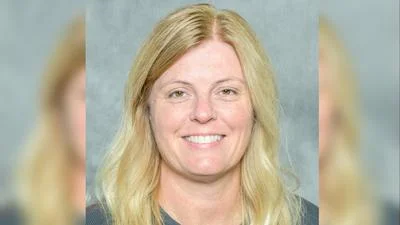Waste - pym | Unplash by Sigmund
Waste - pym | Unplash by Sigmund
Researchers team up to break down, upcycle low-quality, rejected plastic wastes
AMES, Iowa – Researchers are integrating tried-and-true technologies (let’s unleash bacteria on the biodegradables then heat up the leftovers) and developing new ones (let’s try plasma that shoots “bullet” electrons) to break down waste plastics and convert them to useful materials.
“We’re learning about new technologies and helping to develop new ideas for more interdisciplinary approaches to solving these complex problems,” said Xianglan Bai, an Iowa State University associate professor of mechanical engineering and leader of two, $2-million-plus research projects supported by the U.S. Department of Energy.
The newest project, a three-year, $2.25 million grant administered by the Department of Energy’s Bioenergy Technologies Office, aims to convert the lowest-quality plastics in the waste stream, plastics now rejected for recycling, into materials for construction industries.
The first step is to feed the rejected, biodegradable fraction of the mixed wastes into an anaerobic digester where bacteria break it down to produce biogas, a sustainable, low-cost, low-carbon fuel that’s mostly methane (the same as natural gas).
Leftovers from the digester would be combined with the nonbiodegradable waste and heated without oxygen in a process called pyrolysis. That would produce bio-oils for asphalt-binding products plus charcoal-like biochars for carbon-sequestering concrete additives and reinforced biocomposites.
The big problem, Bai said, is that the rejected plastic waste is “very complex – there are too many things in there. It’s very heterogenous.”
So, the waste must be analyzed to understand what’s there. Then the researchers need to find technologies that can efficiently and economically convert the waste. And then they have to understand the resulting materials.
It takes a lot of expertise to work through all that, so Bai has assembled a large team of researchers for the project. (See sidebar.) Working together, they’ll develop a system that uses most of those rejected wastes and keeps them out of landfills.
Electron ‘bullets’ to break down plastics
The second project, a three-year, $2.5 million grant administered by the Department of Energy’s Advanced Manufacturing and Bioenergy Technologies offices, will develop new plasma technology to convert single-use plastics to biodegradable plastics.
Bai said the project is all about trying a hybrid of plasma and biological technologies to break down and upcycle single-use plastic films such as plastic bags, product packaging and food containers.
Bai has been developing novel, low-temperature plasma conversion technologies for adding value to biomass and waste plastics. The plasma is created by applying a strong electric field to a gas, which accelerates electrons and creates charged particles.
“The free electrons are like bullets,” Bai said. “They speed up and hit other things. These ‘attacks’ can break down chemical bonds.”
By using the plasma with carbon dioxide, the researchers can break down decontaminated plastic films, creating a fermentable liquid. That liquid can be fermented to produce biodegradable polymers, with the fermentation creating carbon dioxide that can be looped back into the plasma reactor.
The result? Conversion of waste plastic film into biodegradable plastics in a process that lowers energy use, carbon emissions and production costs.
Bai has assembled another big team of researchers to develop this hybrid idea for reusing plastic wastes. (See sidebar.)
“These two projects are using very different approaches,” she said. “Both are using an interdisciplinary approach to solve the problems and understand what is happening at the molecular level."
Bai is looking forward to breaking down the complexity of both projects.
“We’re going to learn and figure this out – it’s a great feeling when you figure it out.”
Original source can be found here.





 Alerts Sign-up
Alerts Sign-up